The following circuit is from The Art of Electronics, 3rd edition:
What I don't understand in the circuit is the role of the 100 Ω resistor. The authors say that it:
... serves to eliminate the “dead zone” as conduction passes from one transistor to the other.
Does this mean that it reduces crossover distortion? If so, how does it achieve that? And why is its value independent of the values for R, +VCC, etc. (as is apparent from the picture)?

